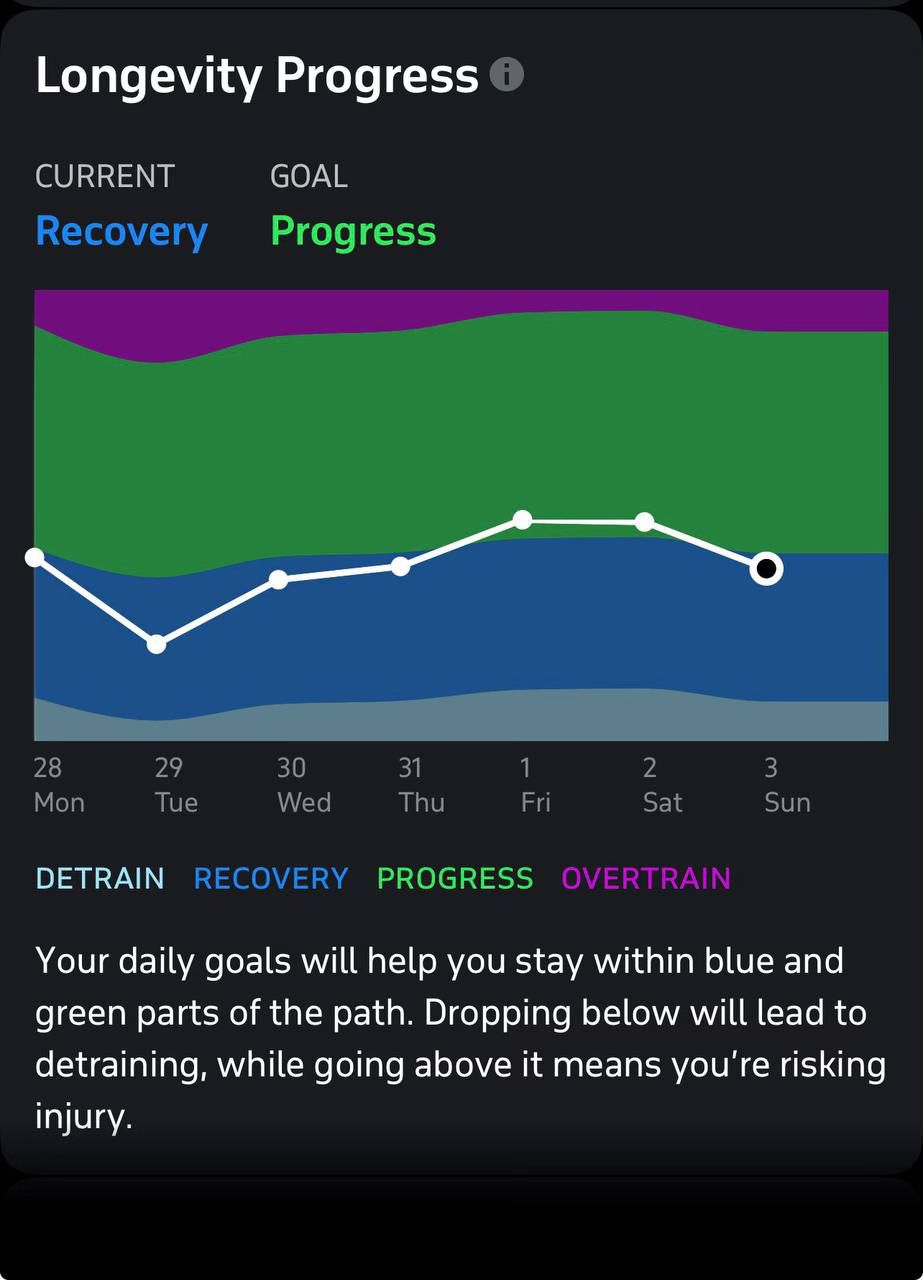The UFC Deal We Walked Away From
And What It Taught Me About Timing
Sometime after our first TechCrunch feature in 2017 — back when we still believed media mentions would magically turn into revenue — we got a message from the science team at UFC.
“We’ve got top athletes hitting overtraining walls. Your HRV analysis looks solid. Maybe you can help.”
They weren’t offering a huge budget. What they proposed was visibility — a potential partnership, athlete-level exposure, mutual exploration. They saw the value in what we were building and wanted to collaborate.
And we said we need cash.
Why? Because we had two months of runway left, no enterprise pricing model, and a whole lot of fear.
We didn’t have the overtraining feature yet. Our users back then weren’t professional athletes — they were mostly people trying to start living healthier. So we told UFC, politely, that we needed money, not mentions.
That conversation didn’t go anywhere. And looking back, I think that was the most painful missed opportunity in our company’s nine-year history.
But here’s the thing I didn’t understand back then:
Overtraining isn’t just a problem for pro athletes.
It’s what happens when a founder decides they’re going to “get in shape” and goes too hard for two weeks straight.
It’s what happens when a burned-out exec does back-to-back Peloton sessions to shake off anxiety.
It’s what happens when the stress hormone curve is already maxed out, and you add effort on top of exhaustion.
That’s what we finally built our new Longevity Progress feature for — not for medalists, but for real people.
People like me. Like our users. Like most of the world.
Here’s how it works now:
We calculate your daily and weekly physical activity goals (METs) based on your actual recovery, heart rate variability, and fitness level.
Then we map you into one of four zones:
Detrain (not enough — your fitness is slipping)
Recovery (you’re pulling back, recharging — necessary after stress or overload)
Progress (your personal sweet spot — you’re building long-term health here)
Overtrain (you’re going too hard — injury risk climbs, recovery suffers)
And the goal isn’t to push through. It’s to stay in the right zone, depending on where your body is today.
We built this system to support longevity, not peak performance. It adapts daily. It respects variability. It treats progress as a curve — not a grind.
It’s probably the most sophisticated thing we’ve ever done in fitness. And yes, it’s now live in beta and rolling out (about 20% of our customers have seen it already).
So yeah — the UFC thing still stings.
They were early. They saw something we hadn’t even built yet.
We were late. We needed cash, not partnerships.
And maybe that’s how it had to go.
Because when you bootstrap, you don’t get to place long bets on brand awareness. You trade exposure for survival. And then — if you’re lucky, and stubborn, and just barely make it through — you come back years later with the product that should’ve existed all along.
That’s where we are now.
If someone from UFC is reading this:
Thank you for that conversation. It stayed with me.
P.S. If your team works in performance health or athlete recovery — we’re open to smart partnerships this time around. And yes, we learned how to price “visibility” the hard way.
Meanwhile, anybody can just start using it soon, it’s not just for athletes.
It’s for everyone who wants to move, train, and live — longer, smarter, and without breaking their own body in the process.


